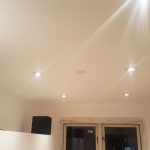Longlasting LED lights: How many years can you expect them to shine?
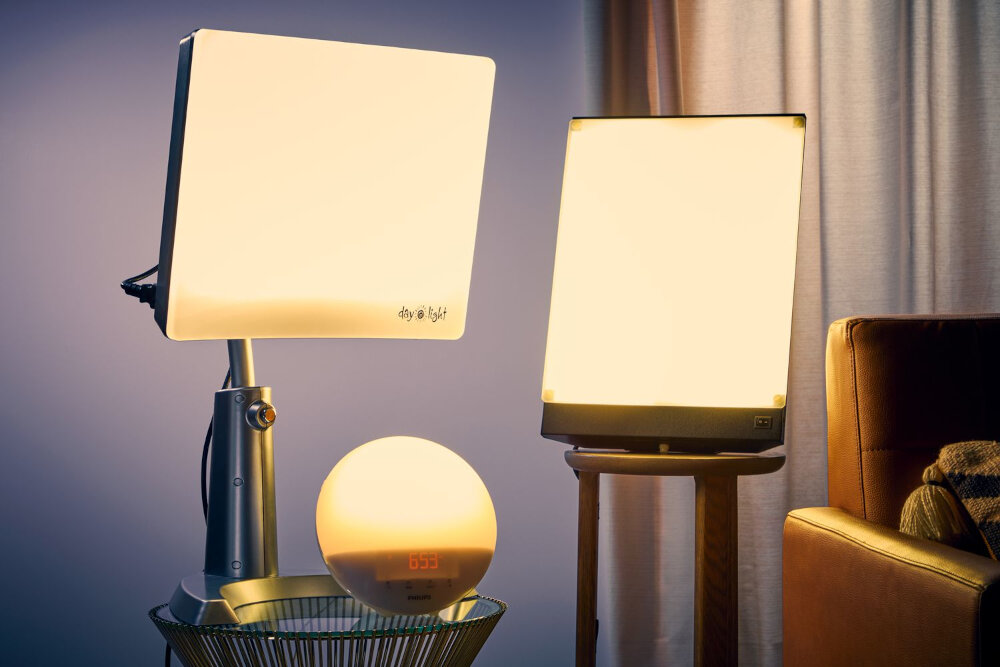
Long-lasting LED lights have revolutionized the lighting industry in recent years. LED lights are known for their energy efficiency, durability, and longevity. They are quickly replacing traditional incandescent bulbs and fluorescent lights in homes and businesses. LED lights are a popular choice for many reasons, but one of the most significant advantages is their long lifespan. People are often curious about how long LED lights can last and whether they are a cost-effective investment. In this article, we will explore the lifespan of LED lights and answer the question, \how many years can you expect them to shine?\LED lights are designed to last for a long time, and their lifespan is measured in hours instead of years. The lifespan of an LED light is determined by how long it takes for the light output to degrade to a certain level. The light output of an LED bulb is measured in lumens, and when the output drops below a certain level, the bulb is considered to have reached the end of its lifespan. The lifespan of an LED bulb can vary depending on the quality of the bulb and how it is used. Factors such as heat, humidity, and voltage fluctuations can affect the lifespan of an LED bulb. However, in general, LED lights can last for anywhere from 25,000 to 50,000 hours or more, which is significantly longer than traditional incandescent bulbs and fluorescent lights.
Light-emitting diode (LED) lights are a type of solid-state lighting that uses a semiconductor to convert electricity into light. Unlike traditional incandescent bulbs that rely on a filament to produce light, LEDs emit light when electrons move through a semiconductor material. This technology allows LED lights to be more energy-efficient and longer-lasting than traditional bulbs. In fact, LED lights can last up to 25 times longer than incandescent bulbs and use up to 80% less energy, making them a popular choice for both residential and commercial lighting applications. Additionally, LED lights are available in a wide range of colors and can be dimmed or adjusted to suit different lighting needs, making them a versatile and cost-effective lighting solution.
Long-lasting LED lights are becoming increasingly important in today’s world due to their ability to save energy, reduce electricity bills, and minimize environmental impact. LED lights last much longer than traditional incandescent bulbs, and they are also more durable, producing less waste and reducing the need for frequent replacements. They are also highly efficient, producing a significant amount of light with minimal energy consumption. Long-lasting LED lights are ideal for both residential and commercial use, providing an easy and cost-effective way to reduce energy consumption and promote sustainability. By investing in long-lasting LED lights, individuals and businesses can benefit from reliable, energy-efficient lighting that will last for years to come.
The aim of this article is to provide readers with an in-depth understanding of how long-lasting LED lights truly are. LED lights have become increasingly popular over the years due to their energy efficiency and longevity. However, there is still a general lack of awareness regarding the actual lifespan of LED lights, which can vary depending on several factors such as usage, quality, and maintenance. By delving into the science behind LED lights, this article seeks to educate readers on what to expect from their LED lights and how to make the most out of their investment.
Factors affecting the lifespan of LED lights
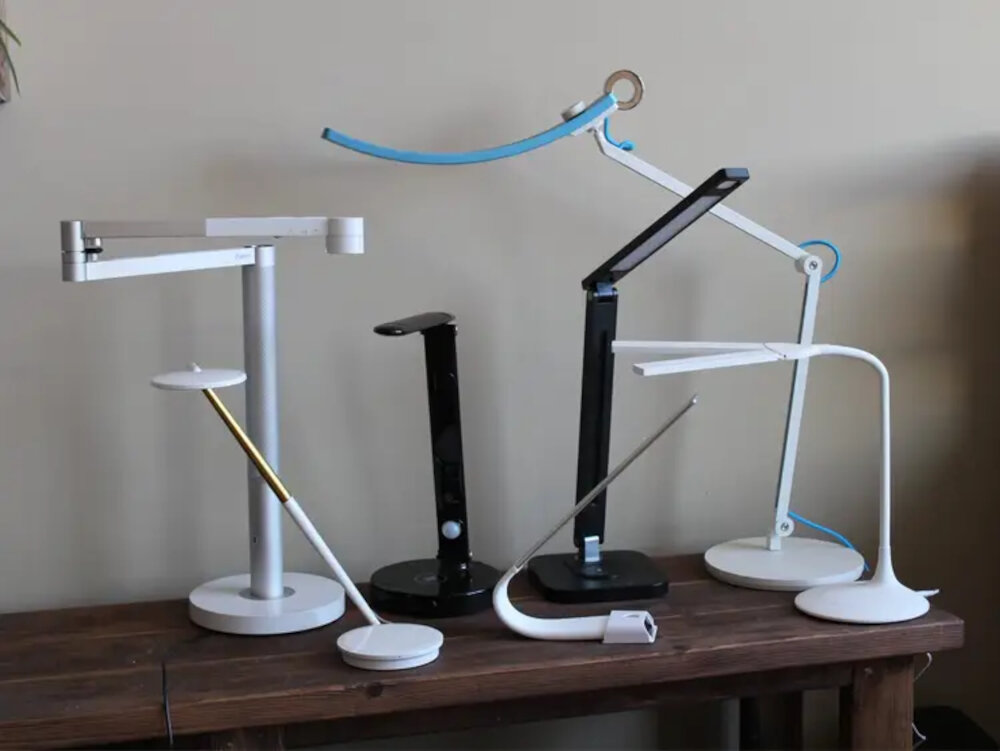
The lifespan of LED lights is affected by various factors that determine how long they will last. The first factor is the quality of the LED itself. High-quality LEDs are manufactured using superior materials and are designed to withstand harsh conditions. They are also more efficient in their energy consumption, which means they generate less heat and are less likely to burn out quickly. On the other hand, low-quality LEDs are made of inferior materials and are designed to be energy inefficient. This means they generate more heat, which causes them to wear out faster. Another factor that affects the lifespan of LED lights is the environment in which they are used. LEDs are designed to operate at a specific temperature range, and if this range is exceeded, they may become damaged or stop working altogether. For instance, if LED lights are used in high-temperature environments, they are likely to wear out faster than if they are used in cooler environments. Similarly, if they are exposed to moisture or dust, they may become damaged or corroded, which reduces their lifespan. Therefore, it is important to use LED lights in environments that are suitable for their design and to adhere to the manufacturer’s guidelines on usage and maintenance.
The quality of materials used is a crucial factor that determines the longevity of LED lights. High-quality materials, such as aluminum and ceramic substrates, are used to ensure that the lights do not overheat, which can significantly reduce their lifespan. Additionally, the use of high-quality LEDs and drivers helps to ensure that the lights operate efficiently, reducing the risk of damage and failure. To further enhance the durability of LED lights, manufacturers have also started using advanced manufacturing techniques, such as surface-mount technology and automated assembly processes. By utilizing these high-quality materials and production methods, LED lights can provide reliable and long-lasting lighting solutions for years to come.
Heat dissipation is a crucial factor in the longevity of LED lights. When LEDs are in use, they create heat, which can lead to a decrease in their lifespan. To combat this, manufacturers have developed various methods to dissipate heat effectively. One way is to use heat sinks, which are designed to absorb and dissipate heat away from the LED. Another method is to use a fan to blow the heat away from the LED. Additionally, some manufacturers use advanced materials in their LED lights that can withstand high temperatures and prevent damage caused by heat. By effectively managing heat dissipation, LED lights can last for many years, providing long-lasting, energy-efficient lighting solutions.
Voltage fluctuations are one of the major factors that can affect the lifespan of LED lights. These fluctuations can occur due to various reasons, such as power surges, lightning strikes, and faulty electrical appliances. When the voltage fluctuates, it can cause the LED lights to flicker or even fail. This is because LEDs are sensitive to changes in voltage and can only function properly within a specific range. To prevent voltage fluctuations from damaging your LED lights, it is recommended to use voltage stabilizers or surge protectors. These devices help regulate the voltage and protect your LED lights from power surges and other electrical disturbances. By taking the necessary precautions, you can ensure that your LED lights will shine bright and last for years to come.
The usage frequency and duration of LED lights is a crucial factor in determining their lifespan. LED lights are known for their long-lasting nature, but they can still be affected by how often they are used and how long they are left on. If LED lights are left on for extended periods of time, their lifespan may be shortened. However, if they are used infrequently, they may last longer than expected. It is important to find a balance between usage frequency and duration to ensure the LED lights shine for as long as possible. Additionally, using LED lights with high-quality components and proper installation can also contribute to their overall lifespan.
Average lifespan of LED lights
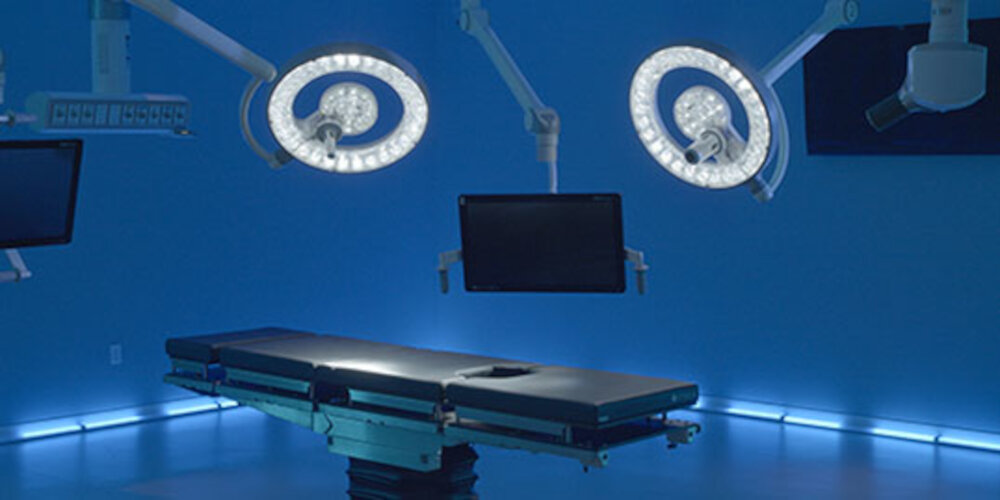
LED lights, also known as Light Emitting Diodes, are a relatively new technology in the lighting industry. They are energy-efficient, long-lasting, and cost-effective, making them the go-to choice for many households and commercial spaces. One of the biggest advantages of LED lights is their lifespan, which is significantly longer than traditional incandescent or fluorescent bulbs. On average, an LED light can last for up to 25,000 hours, which is around 25 times longer than a standard incandescent bulb. This means that you can enjoy the same level of brightness and quality of light for many years without having to replace your bulbs frequently. The lifespan of LED lights can be affected by a number of factors, such as the quality of the bulbs, the usage, and the environment they are placed in. LED lights that are of higher quality and are used less frequently have the potential to last even longer than 25,000 hours. On the other hand, LED lights that are placed in high-temperature environments or used for extended periods of time may have a shorter lifespan. However, even in these cases, LED lights can last significantly longer than traditional bulbs, making them a more sustainable and cost-effective option in the long run. Overall, the average lifespan of LED lights is one of the key reasons why they are becoming increasingly popular among consumers and businesses alike.
When compared to traditional lighting solutions, LED lights provide a range of benefits that make them a more attractive option. Firstly, LED lights have significantly longer lifespans, with an average lifespan of up to 50,000 hours, which is over 4 times longer than traditional lighting options. Additionally, LED lights use less energy than traditional lighting options, meaning they are more energy-efficient and can help reduce energy bills. LED lights also emit less heat than traditional lighting options, making them a safer option for use in a range of environments. Overall, making the switch to LED lighting can provide a range of benefits in terms of cost, energy efficiency, and safety when compared to traditional lighting solutions.
According to statistics, the average lifespan of LED lights is around 25,000 to 50,000 hours, which is significantly longer than traditional incandescent bulbs. LED lights have a low failure rate and can last up to 25 times longer than incandescent bulbs. This means that if you use LED lights for about 3 hours per day, they could last up to 22 years before needing replacement. Additionally, LED lights are energy-efficient and can help reduce energy consumption and costs. With their long lifespan and energy-saving benefits, LED lights have become a popular choice for both residential and commercial lighting applications.
The lifespan of LED lights can be affected by a variety of factors. One important factor is the quality of the materials used to manufacture the LED. High-quality materials are more durable and can withstand the wear and tear of everyday use, which can extend the lifespan of the LED. Another factor is the environment in which the LED is used. Exposure to extreme temperatures or humidity can cause the LED to deteriorate more quickly, shortening its lifespan. Additionally, the amount of usage and the level of maintenance can also impact the lifespan of an LED. LED lights that are used frequently or are not properly maintained may not last as long as those that are used less frequently and are well-maintained.
Tips for prolonging the lifespan of LED lights

LED lights have become increasingly popular in recent years due to their energy efficiency and longevity. However, to ensure that your LED lights last as long as possible, it is important to take certain precautions. One of the most important tips for prolonging the lifespan of your LED lights is to ensure that they are not exposed to excessive heat. LED lights are sensitive to heat, and when exposed to high temperatures, they can become damaged and their lifespan reduced. Therefore, it is important to keep your LED lights away from heat sources such as radiators, fireplaces, and direct sunlight. Another important tip for prolonging the lifespan of your LED lights is to ensure that they are not exposed to excessive moisture. While LED lights are more resistant to moisture than traditional incandescent bulbs, they can still be damaged by exposure to excessive moisture. This can cause the LED lights to malfunction or even stop working altogether. Therefore, it is important to keep your LED lights away from areas where they may be exposed to moisture such as bathrooms, kitchens, and outdoor areas. Additionally, it is important to ensure that your LED lights are installed correctly and that they are not subjected to excessive vibration or shock, which can also reduce their lifespan. By following these simple tips, you can help ensure that your LED lights last as long as possible, providing you with energy-efficient and long-lasting lighting for years to come.
Proper installation is paramount to ensure the longevity of LED lights. It is important to ensure that the LED lights are installed in a suitable location, with proper ventilation and support. Incorrect installation can cause overheating, which can significantly reduce the lifespan of LED lights. In addition, it is important to ensure that the correct voltage and power supply are used, as using an incorrect power supply can also affect the performance and lifespan of LED lights. Therefore, it is important to hire a professional electrician or follow manufacturer instructions carefully to ensure the best installation for your LED lights. By ensuring proper installation, you can expect your LED lights to shine brightly for many years to come.
Regular cleaning and maintenance are essential to ensure the longevity of LED lights. By cleaning the fixtures, removing any dirt or debris, and dusting off the bulbs, you can prevent the buildup of grime that can diminish the brightness and clarity of the light. Additionally, keeping the lights well-maintained can prevent issues with overheating or malfunctioning due to wear and tear. Simple tasks like checking for loose connections or replacing damaged wires can go a long way in extending the lifespan of your LED lights. As a result, regular cleaning and maintenance not only help your lights shine brighter and longer, but they also save you money in the long run by reducing the need for costly repairs or replacements.
Voltage stabilization is a crucial aspect in ensuring the longevity of LED lights. Fluctuations in voltage can cause damage to the LED components and shorten the lifespan of the bulbs. To counter this, voltage stabilizers are used to maintain a consistent voltage level, preventing any surges or drops that could harm the LEDs. These stabilizers are designed to regulate the voltage supply and ensure that it remains within the safe operating range of the LED lights. By using voltage stabilizers, LED lights can operate efficiently and last for many years, providing a reliable and cost-effective lighting solution.
To ensure that your LED lights last as long as possible, it’s important to avoid frequent switching on and off. LED lights are designed to be energy-efficient, which means that they work best when they are left on for longer periods of time. Frequent switching on and off can cause the LED lights to wear out more quickly, reducing their lifespan and making them less efficient overall. To avoid this, try to keep your LED lights on for at least a few hours at a time, and avoid turning them on and off unnecessarily. This will help to ensure that your LED lights shine brightly for many years to come, providing you with an efficient and long-lasting lighting solution.
Long-lasting LED lights are becoming increasingly popular due to their energy efficiency, durability, and longevity. Unlike traditional incandescent bulbs, LED lights can last for up to 25,000 hours, which is approximately 25 times longer than their counterparts. This means that LED lights not only save on energy costs but also reduce the need for frequent replacements, ultimately making them a more cost-effective lighting solution in the long run. In addition to their practical benefits, LED lights also offer a range of color options and can be used in a variety of settings, from homes and offices to outdoor spaces and commercial buildings. Overall, the importance of long-lasting LED lights cannot be overstated, as they provide a reliable and sustainable lighting solution for both personal and professional use.
The lifespan of an LED light is influenced by multiple factors. One of the most significant factors is the quality of the materials used in the manufacturing process. High-quality materials can result in a longer lifespan for the LED light. Other factors include the operating temperature of the LED, the current and voltage applied to it, and the environment in which it is installed. For instance, LED lights that are installed in areas with high humidity or extreme temperatures may have a shorter lifespan than those installed in moderate conditions. Additionally, the frequency of usage and the maintenance practices can also affect the lifespan of the LED light. Therefore, it is crucial to consider these factors while choosing LED lights to ensure that they last as long as possible.
In conclusion, LED lights are a reliable and energy-efficient lighting option that can last for up to 25 years. They are a great investment for any home or business, providing long-lasting illumination while also reducing energy consumption and electricity bills. However, it is important to choose high-quality LED lights from reputable manufacturers to ensure maximum lifespan and performance. Regular maintenance and cleaning can also help extend the life of LED lights. Overall, switching to LED lights is a smart choice for anyone looking for a cost-effective and eco-friendly lighting solution.
Conclusion
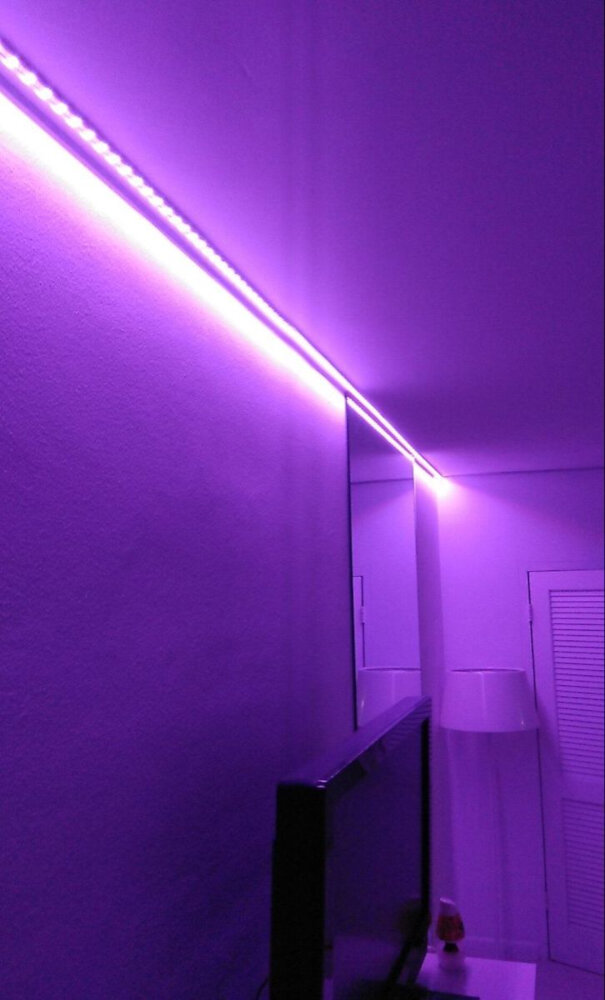
In conclusion, long-lasting LED lights have revolutionized the lighting industry with their durability, energy efficiency, and longevity. They offer a cost-effective alternative to traditional lighting sources and can last up to 50,000 hours or more, providing a reliable source of lighting for years to come. With advancements in technology, LED lights are becoming increasingly popular in homes, businesses, and public spaces. Not only do they save energy and reduce costs, but they also contribute to a greener and more sustainable future. So, if you’re looking for a lighting solution that will shine bright for years to come, LED lights are the way to go.



